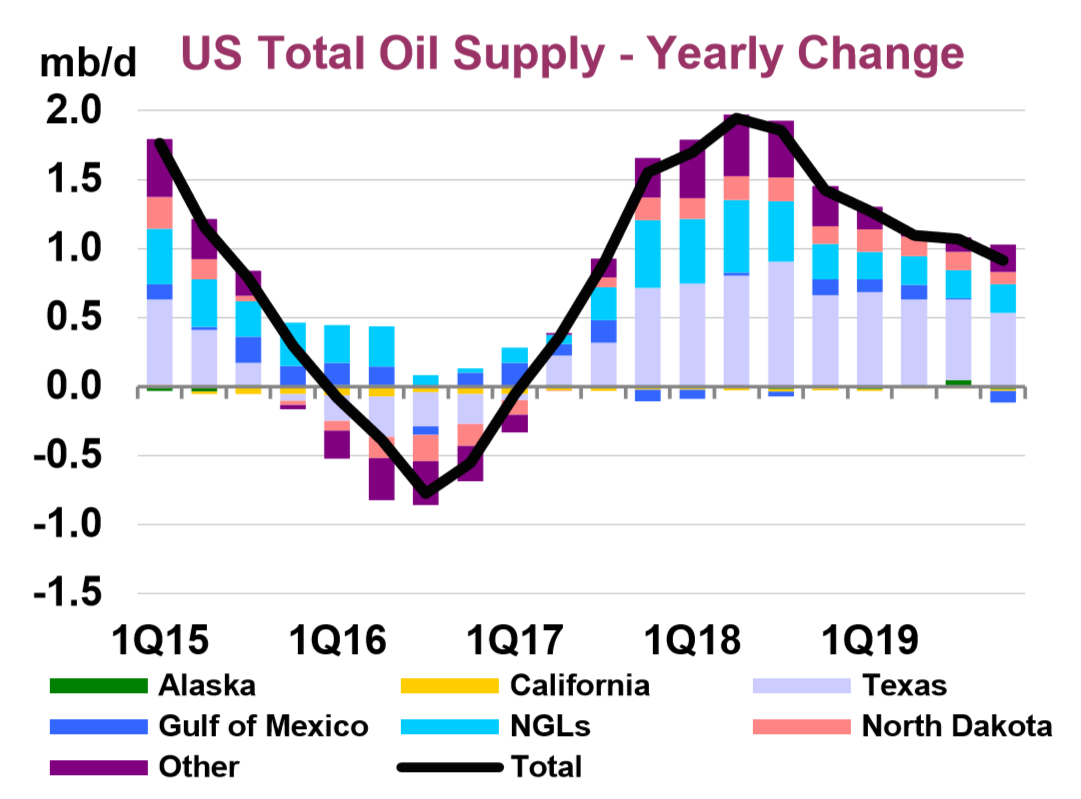While everyone has been watching the Strait of Hormuz amid rising tension between the U.S. and Iran, a chokepoint on the other side of the Arabian Peninsula is now at the center of the action.
Saudi Arabia temporarily halted all oil shipments through the Bab al-Mandeb strait after Saudi Aramco reported attacks from Houthi rebels on two oil tankers. The two ships in question were very large crude carriers (VLCCs), each carrying 1 million barrels of oil, and one of them sustained minor damage. The Houthis said that they have the naval capability to hit Saudi ports and other targets in the Red Sea, according to Reuters.
In response, Saudi energy minister suspended oil shipments through the strait. “Saudi Arabia is temporarily halting all oil shipments through Bab al-Mandeb strait immediately until the situation becomes clearer and the maritime transit through Bab al-Mandeb is safe,” Khalid al-Falih said. The Kuwait Oil Tanker Company said that it might also suspend tanker traffic through the narrow chokepoint.
The sudden risk to two of the world’s most critical chokepoints has pushed up oil prices a bit this week, although serious outages have yet to materialize.
Nearly two-thirds of the world’s oil trade travels via maritime routes. Here is a quick rundown of the top global chokepoints for the oil trade.
1. Strait of Hormuz. The most vital chokepoint in the world sees nearly 19 million barrels per day (mb/d) of oil traffic, according to the EIA. At its narrowest point, Hormuz is only 21 miles wide. Through that narrow passage, oil exports from Iraq, Iran, Kuwait, Bahrain, Qatar (including large volumes LNG exports), the UAE and Saudi Arabia must pass. The U.S. Navy patrols the area because of its strategic importance. Iran has threatened to disrupt oil traffic through the Strait, but for now the market is assuming that is all bluster.
…click on the above link to read the rest of the article…



















